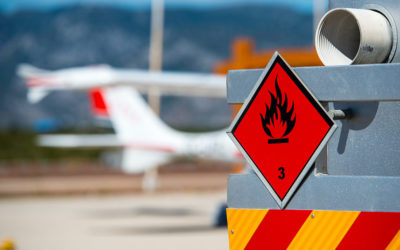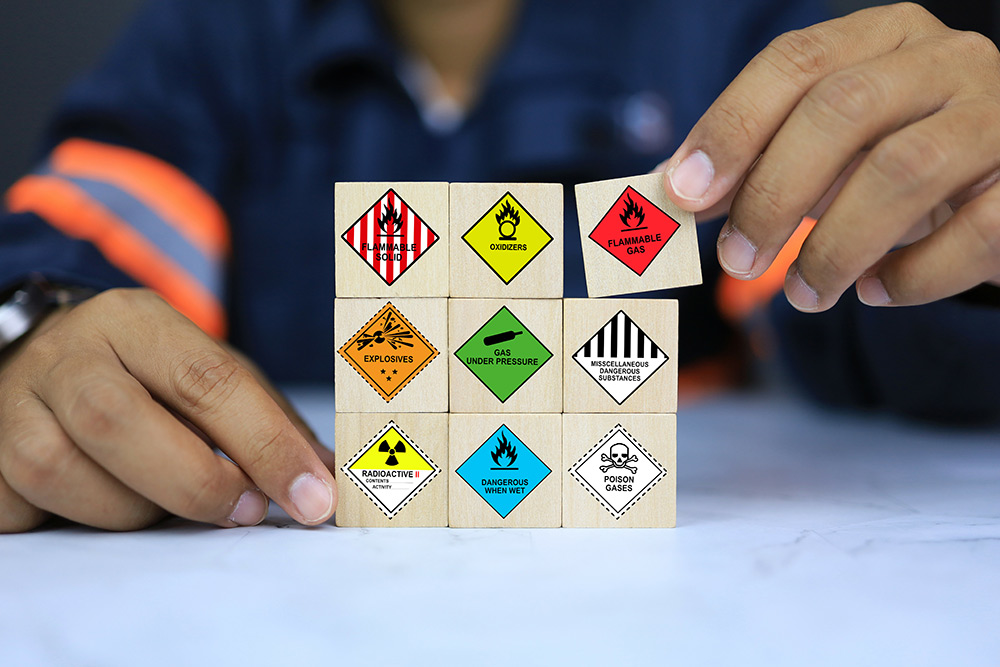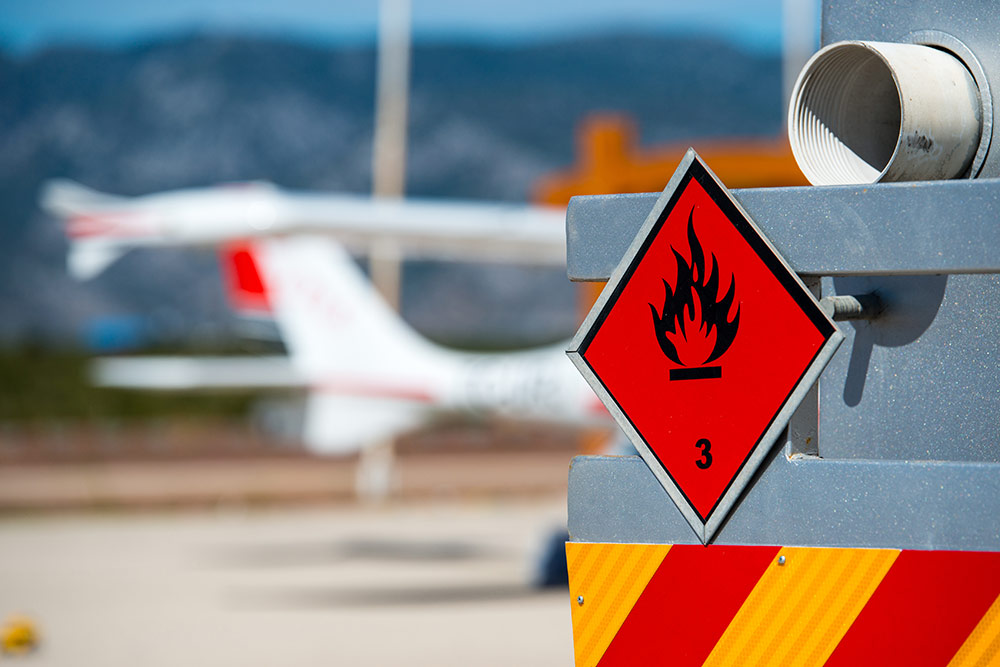HMRC Delay Export CDS To November

HM Customs have confirmed that the transition for export declarations, from the CHIEF operating system to the new CDS system, will be delayed from March 2023 until November 2023. Imports were moved to CDS on 30th September, which has not been without glitches and teething issues.
The full announcement was posted as a news story on the gov.uk website this week and reads as follows:
Exporters will have more time to move across to the Customs Declaration Service, HM Revenue and Customs (HMRC) has announced.
Following consultation with the border industry, exporters will now have until 30 November 2023 to move across to the Customs Declaration Service (CDS), 8 months later than previously announced.
After 30 November 2023, businesses will need to use CDS to make export declarations for goods they send out of the UK, as they already do for import declarations.
Sarah Hartley, Director of Border Change Delivery at HMRC said:
“We have moved the deadline to enable us to spend more time working with industry in delivering and testing critical functionality as well as the support needed to help declarants move across to the new system.”
“The extra time also allows businesses and stakeholders more time to prepare their customers and software products for the November deadline.”
Mark Phippen from Descartes Pentant Community System Provider, a HMRC delivery partner for CDS, said:
“We believe the new timeline for CDS exports is a sensible and pragmatic decision, allowing HMRC and, in turn, service providers, traders and agents, to develop systems and procedures that work for all from day one.”
Amanda Francis, CEO, Association of International Courier and Express Services said:
“AICES fully supports the Government’s extension of the migration timetable for exports on CDS. It is a pragmatic decision which reflects the need to ensure the new system is properly tested and stable. We particularly welcome the decision to allow operational flexibility with the phased migration of exports from CHIEF to CDS.”
Steve Bartlett, Chairman of Association of Freight Software Suppliers (AFSS) said:
“AFSS and its members welcome the announcement to move the Exports deadline for CDS, and the revised plan has our full support. Indeed, we are particularly grateful for the huge effort made by HMRC to consult and work with AFSS in the programme. Jointly, we have sound controls and checkpoints in place to ensure that as we progress into 2023, we successfully achieve the Trader migration to the new platform.”
CDS has been running since 2018 and is already being used for making import declarations when moving goods into the UK. The service will replace the Customs Handling of Import and Export Freight (CHIEF) service, representing a significant upgrade by providing businesses with a more user-friendly, streamlined system that offers greater functionality.
HMRC will provide further information about the timeline for CDS exports by the end of January 2023. There is more information about using the Customs Declaration Service on GOV.UK.
Follow Us
Stay up to date with our news and articles on social media
Contact Us
Tel 0800 434 6244
Email info@evolutionforwarding.com
brought to you by the dangerous goods people
Evolution Forwarding offer a range of dangerous goods and logistics services including packing, classification, training, DGSA services, air freight, ocean freight and road freight.
Related Articles
Online Training – A Step Towards Dangerous Goods Compliance
Safe and correct movement of dangerous goods has become much more of a focal point during recent times, especially following a series of destructive events over the past couple of years within the logistics industry.
2025: New Dangerous Goods Regulations Including Batteries
Several changes to dangerous goods regulations will be effective from January 1st, which includes changes for some UN numbers and new rules for the transporting of lithium and sodium batteries.
New Tech Employed To Fight Lithium Battery Ship Fires
Hyundai has designed a device for its car carrying fleet that suppresses fires that break out during the movement of electric cars powered by lithium-ion batteries.








